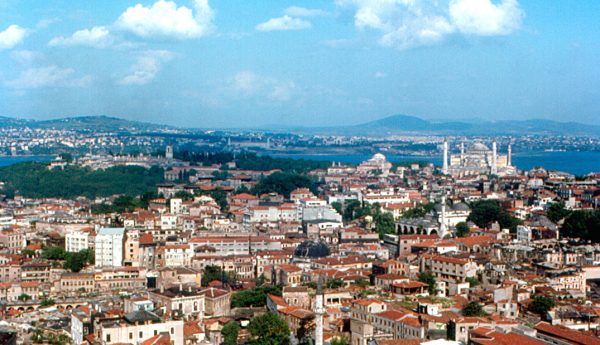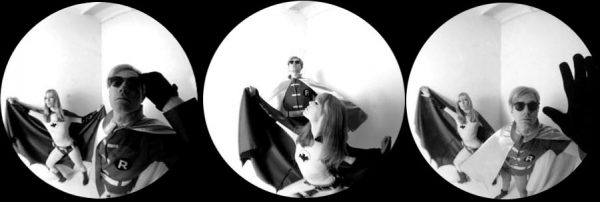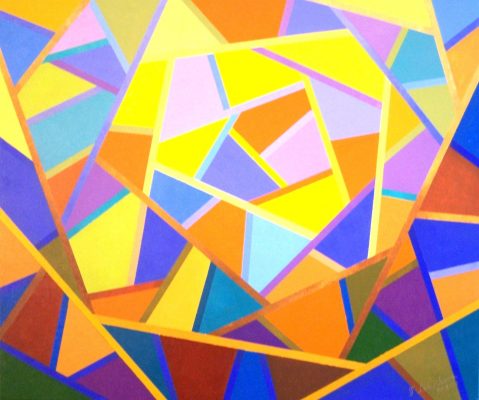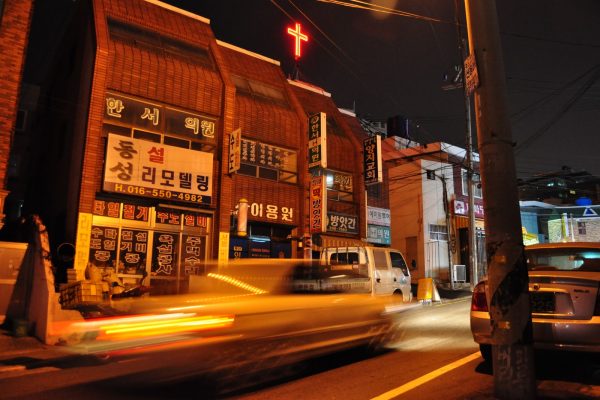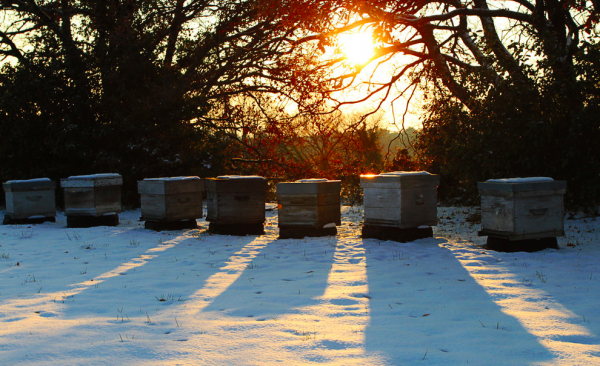Saturday
On March 19, at 1 p.m. in a café off Turnacibaşı St., an Italian man could be seen summoning the courage to ask two women if he could take their picture. Like most Istanbullus in Beyoğlu then, we were making fevered use of our phones. ‘I suppose so,’ my friend looked up, ‘but I’m a bit hungover.’ Even with dirty hair, she was radiant enough to make anyone invent excuses for a longer look.
It was a Saturday. The man said he was a journalist. Four hundred metres away, limbs were strewn over European Istanbul’s main shopping street. Ninety minutes ago, someone blew himself up on Istiklal, but that wasn’t why the man was asking. He didn’t know Raja looked distressed for someone who counseled activists in countries that pitched on the waves of foreign opportunism and domestic corruption. He couldn’t know that, poised as she was, it was not unthinkable that she would rather credit her fraying composure to intemperance than shock at the government’s crumbling security façade. He just pulled his Nikon D300 off the table and started fiddling with the settings.
For the first time in three years, surveillance helicopters flew over the neighbourhood.
The Turkish language differentiates starkly between past events we have witnessed and those whose existence comes to us by hearsay. Events reported by others are distinguished by adding –mIş to the end of the verb or nominal clause. ‘Ben seni sevdiğimi dünyalara bildirdim,’ the first line in a Black Sea folk song made famous by Kazım Koyuncu, means ‘I let the world know that I love you.’ It happened, and I know because I told everyone. Moreover, I did the thing. ‘Ben sana doyamadım,’ the song’s final line begins: ‘I couldn’t get enough of you.’ These are emotional certainties. There is no temporal or physical distance between their occurrence and my knowledge of them.
At the other pole of perception are actions that not only did we not execute, but which we did not see or hear. That you heard (‘sen duymuşsun’) of my betrayal through gossip because we ‘seem to have fallen on the tongue of the neighbourhood’ (‘mahallenin diline düşmüşüz’) is shrouded in –mIş’s speculative smog. I was not present for the transmission of this piece of information and as such, I cannot confirm its veracity with confidence – even if it seems to have had a clear outcome. In the Turkish Republic, we tireless youth prefer to see things with our own eyes. Knowing government IT monitors would soon handicap news sources by slowing social media, some friends had gone to peek past police barricades at the carnage. Fearful that this explosion would precede a bigger one, Raja and I stayed behind.
The writing had been on the wall, but Saturday apprised Turkey’s cultural capital that its immunity to the consequences of state schizophrenia was over. In the past year, the government had joined the coalition against Isis, continued to pursue a domestic war against Kurds it had been enfranchising for a decade, shot down a Russian jet, and accepted three billion euros from the EU to stop the Middle East from coming to Europe. After shunning Israel since a deadly maritime dispute in 2010 over Gaza’s blockade, President Erdoğan publicly reached out to Netanyahu for support. Turkey was officially on bad terms with its neighbours. The food Raja had ordered for everyone went uneaten.
In conflict zones, almost any photograph can be justified as testimony. We consider pictures of young mothers in Jordanian refugee camps clutching babies to be socially important. History will absolve us of our voyeurism, we assure ourselves as we witness the woman’s unjust circumstances and marvel at her turn as an avatar of perseverance. Turkey is on so many travel warning lists these days, the man could almost have gotten away with photographing us sans excuse – but Istanbul was not a war zone yet, we told ourselves, and so I asked him what his aim was. As I had come to Turkey to make narrative films, I was especially curious about the intention behind his framing.
Sheepishly, he adjusted his glasses. ‘The story is supposed to be about women’s issues in Turkey, their situation, and now,’ he shrugged, ‘this.’ For a story about women, he asked us nothing. As we were not even Turks, I wondered what he was going to do with his stock photos of ‘liberated’ foreigners. We were not demure enough to reward this morning’s martyr in Jannah. Would he attach us to an article on covered women in Çarşamba?
As he shuffled into the street, I saw the photo of Raja and me on his camera display. He had overexposed us so much we didn’t even look like ourselves.
Sunday
Humanitarian crises attract artists the way MIT industry funding draws engineers. Sunday morning, Ai Weiwei came from China to interview Raja about activism and self-representation for a documentary on refugees. It’s all about the selfie, he says. It is proof – for some people, the first – that they exist. Ai Weiwei is good at selfies. He takes them liberally and sheds them on social media like superfluous skin. The photo he took of his interviewee garnered 1,000 likes within an hour. He said if you give him two months and internet, he could start a revolution. The run-and-gun film kit his crew used looked tough enough to withstand one.
After lunch, an Afghan-American writer went to Sultanahmet Square to wait for Ai. He wore all black to interview the artist about his interviews. They were going to visit the newly renovated Turkish and Islamic Art Museum’s private archives. At first, he was giddy. As David Adjaye’s former architectural research manager, Sulaiman was ecstatic to see layers of Istanbul’s skeleton too delicate to reveal to the public. As the child of refugees, he considered it an honour to speak to such a visible activist.
When the artist is thirty minutes late, Sulaiman starts to get nervous. On 12 January, a member of Isis had blown himself up near the tramline, metres from where he was told to wait. A week ago, an explosion in Ankara killed thirty-seven. He scans his surroundings for suspicious activity, but he cannot be certain what that would look like, so he distances himself from everyone. When the police frisk him twice, he has a realisation: he was not moving away from people; they were moving away from him. In his excitement, he had forgotten he bore the face of the threat.
Nine of the ten people killed in the previous month’s bombing were German tourists. When visitors used to ask if Istanbul was safe, I would answer, ‘sure, until you know people.’ What I meant was trouble had a traceable catalyst – a logic that mapped onto individual actions. In the taxi I take because I fear the metro at rush hour, the driver tells me Istanbul is dangerous. It is a popular refrain, but he doesn’t mean terrorists; he means with 15 million people, neighbourly accountability is scarce. It paralleled a documentary by Cansu Boğuşlu in which a taxi driver recounts the attempted assassination of a pop singer. ‘Istanbul is a dangerous city,’ he tells us. ‘If you don’t protect yourself, you’ll become a victim. Take the case of Ibrahim Tatlises: there’s no one like him in the world. He’s our Pavarotti, a genius, and we couldn’t even protect him!’
Whether or not you know people, Istanbul has become too dangerous to perform the most basic of urban imperatives—to take up space—without thought. We can no longer afford to let ourselves be taken in by the city’s entropic beauty. We who revelled in disorder now fear it. Attention must be paid, and its rising cost robs us of awe. Those who can, avoid the centre and tourist areas.
The main targets of Saturday’s bombing were also foreigners. Of the wounded, two were Algerian citizens. Sunday evening, a Syrian NGO worker from Antioch receives a strange phone call. Worn down by anti-refugee prejudice during a night out in Istanbul, he had allowed a Turkish woman to believe he was Algerian. Listening to his ex-lover’s voice, he is overwhelmed by claustrophobia as his white lie’s newfound gravity pins him to the spot. ‘I read that two Algerians were injured,’ the woman says, and the radius of his already-limited movement shrinks. ‘Are you alright?’
Yes, Ayman replies. Thank you.
When, at dinner, a man sitting at another table asks Ayman where he was from, he answers truthfully. ‘Syrian! Our brothers!’ the Turk exclaims with open arms. Rather than put Ayman at ease, this magnanimity seemed to signal the Apocalypse – when the boat sinks and we have no choice but to ask enemies for flotation devices. The consolidation of Turkish national identity in the twentieth century can count among its casualties a tolerance for multiculturalism. As in many nation-states, Turks have been inculcated to define themselves against neighbours’ imagined foibles. Years of hearing unmanageable situations referred to as ‘chaotic as an Arab’s hair’ have made those neighbours distrustful- and yet, at this Turk’s table were a Macedonian, a Greek Cypriot, and a Jew. As banquets bid gluttons to loosen their belts, war compromises borders; Ottoman cosmopolitanism seemed to be making a comeback.
Sunday night, the city folds predictably into those who suspect and those who are suspected. A Kurdish friend’s grandmother tells him not to talk about politics on the phone. 20 March is the eve of Nowruz, the Persian New Year. As we wonder how the Kurds will celebrate, we watch Twitter to find out who claimed responsibility for the bombing and whom the government will blame. Someone speculates that if it was the PKK, this was a ‘low blow, targeting civilians.’ When we text a Kurdish academic friend ‘Happy New Year,’ he replies with wry telepathy. ‘It wasn’t us.’
No, government sources agree, it was a Turkish member of Isis from Gaziantep.
Monday
Monday, the Afghan-American shows me photos of the museum’s private Qur’ans. ‘This,’ he impresses upon me as he shows me a peach and blue one, ‘is priceless.’ To my American consumer eyes, it looks like a facsimile: a diary for teenagers with Islamic architecture-inspired geometric designs. When people mourn the decline of Istanbul, they mourn the willful transformation of the city into an image that is more profitable than the thing itself: exotic enough to lure tourists for a taste of the East, comfortable enough not to unsettle them, with enough shopping malls to absorb Gulf oil money.
The suggestion that the city did not belong to its inhabitants – that it could change to be something it was not, for someone other than its inhabitants, without their consent – is what united secular leftists and socialist Muslims in protest the last time helicopters flew over the city centre. Gezi Park, 2013: the government overruled a court order against cutting down the city centre’s last trees to construct another mall, and people organised a sit-in to protest. After the sit-in’s violent disruption by police, an increasingly enraged and diverse group of citizens demanded democracy, freedom of expression – an audience. Government cronyism, restrictions on speech, and attempts to impose conservative social norms opposed the Republic’s original mandate, they said.
Like many who have loved this city, Sulaiman mourns the integrity of the thing itself as it recedes into a sea of garbled signs. Fatalistically, he recalls a quote by Amin Maalouf writing about Bukhara, “What’s left of a city is the half-drunk gaze with which a poet looked at it.” Then he says we have six months before things get bad.
Tuesday
Tuesday morning, I take the ferry. It seems safe. Perhaps this is because I entertain the fantasy of jumping into the Bosphorus should something happen. On recent Turkish Airlines flights from Beirut to Istanbul, flight attendants assuming Syrian passengers will try to smuggle themselves to Europe have issued announcements urging them not to steal lifejackets from under the seats.
If anyone is eating simit on the deck of a Bosphorus ferry, the seagulls calibrate their flying speed to that of the boat to wait for crumbs. Watching these large, heavy bodies in flight synced to my motion feels like a surreal animation. I am watching them when my phone buzzes with a news update: an explosion at the airport in Brussels has killed 30 and wounded 230.
I check Facebook to find that my two acquaintances there have marked themselves ‘safe’. Westward-facing Turkish Facebook blows up with statuses about how the site didn’t give Istanbul a ‘mark safe’ button as East-facing Facebook criticises it for seeking affirmation from Europe and the United States. How dare Zuckerberg relegate us to the status of some third-world country where civil war was always presumed to be raging! Yet looking toward Diyarbakır or Cizre, it would be hard to deny that this is the case.
Wednesday
West in Izmir, Katmerciler, a producer of riot suppression trucks, has upgraded to ‘anti-insurgency vehicles’ to keep up with demand. Rumours circulate that it may start selling armoured personnel carriers soon. Back in Istanbul, Saturday’s helicopters felt like hollow courtesy – your aunt at Christmas asking if she can help after the last dish is washed. The purpose of government is difficult to discern, perhaps because the government itself is pressed.
Thursday
Thursday, I count the number of Turkish citizens who have asked me for ways to leave – or who have left. Those with summer homes have retreated to them. A boom operator asks if he can get a visa to work in Los Angeles. Others ask about student visas. The rest utter hopes, secular and religious, that this will pass. A restaurant posts a sign that says, ‘You can cut all the flowers, but you can’t stop spring from coming.’ It is tulip season.
Friday
Istanbul teeters on. A week after the Istiklal bombing, people take responsibility and throw caution to the wind. Olga, a Greek painter who has made her home here, goes to Sultanbeyli to teach a painting workshop. In this recruiting ground for Isis, she hopes to build bridges. Raja pours her energy into NGO work. The Kurdish academic continues writing his papers.
The Friday after Istiklal, a gay Syrian refugee preempts anxiety about the weekend’s festivities with a post on Facebook, ‘I am too pretty to die at the hands of ugly people. Fuck the bomb, I have two parties to attend.’ People follow him.
